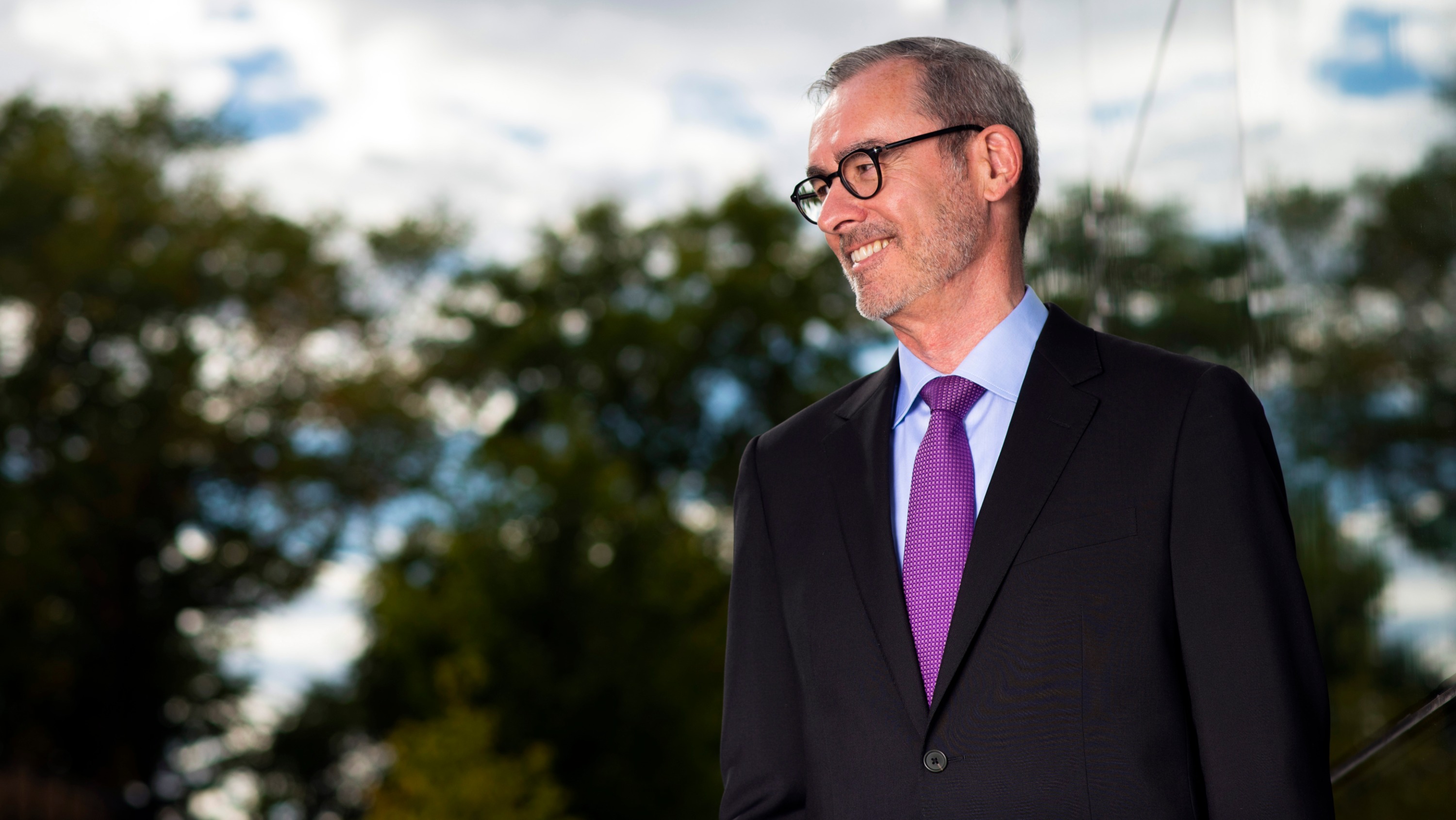Alberta post-secondary students will benefit from an expansion of non-repayable needs-based aid, improved access and guaranteed work-integrated learning opportunities thanks to the provincial government’s newest post-secondary education blueprint designed to align the system’s goals to drive greater social and economic growth, innovation and creativity.
The 10-year blueprint—titled Alberta 2030—for the province’s post-secondary sector includes several provisions that will create “partners in prosperity” between the province, the University of Alberta and other institutions, said U of A president Bill Flanagan.
“The system priorities outlined in Alberta 2030 reflect the work we've undertaken here at the University of Alberta, and at every institution of higher learning in the province, to create a more sustainable and responsive environment to the needs of our students and employers,” Flanagan noted.
“Post-secondary education in Canada and Alberta is changing. It must change—to meet the needs and demands of our students and industry, to respond to the changing demographics and fiscal realities of our province, and to deliver even greater benefits to the public we serve.”
The strategy comes in response to a Government of Alberta review of how Alberta’s post-secondary system compares with the world’s top post-secondary jurisdictions while also examining the financial viability of the system.
Responding to a recommendation in the 2019 MacKinnon report, Alberta 2030 moves to deconsolidate Alberta’s research-intensive universities’ financial statements from the Government of Alberta’s public accounts. Flanagan has championed deconsolidation to “untie the university’s hands” to generate more external revenue, spend carry-forward funds for strategic investments and manage assets more effectively.
“This will unleash the U of A’s full potential to be a key partner in restarting the Alberta economy and place the U of A on a level playing field of revenue generation and sustainability with the other U15 universities,” said Flanagan.
The province also recognized that its universities can go further in fostering commercialization and entrepreneurship by aligning provincial research contributions to priority areas for economic diversification. A welcomed piece of this target is the goal of having Alberta become the first province in Canada to offer every undergraduate student access to work-integrated learning.
“The universities in this province are centres of innovation and are showing that they can lead the way in turning inventions into economic opportunity,” said Flanagan. “This new direction not only recognizes the key role of the post-secondary sector in driving the economy but highlights the importance of continued investment to ensure its success.”
Attracting the best and brightest from across the province, Canada and the world is also central to Alberta 2030. In response to that, the province has committed to help develop an “Education in Alberta” brand to increase the visibility of Alberta’s international education offerings and make a concerted effort to strengthen ties to priority international markets.
“More than 20 per cent of the U of A’s students come from more than 160 countries,” said Flanagan. “International students bring ideas and connections from around the world to our university and province. Almost half of our international grad students become citizens or permanent residents—bringing highly skilled people into our workforce and our region.”
Other noteworthy approaches outlined in the strategy, which will unfold over the next decade, include:
- improving the course transfer system so no student repeats equivalent coursework due to transferability challenges
- expanding access to digital infrastructure for online learning in rural and remote communities
- developing targeted strategies to strengthen the inclusion of Indigenous learners
- bolstering student aid and enabling tuition flexibility to ensure tuition increases do not decrease access for Albertans
“The Alberta 2030 Strategy reflects the critical role that post-secondary institutions play in building skills for jobs while developing the medical, scientific and social innovations Alberta needs for future success,” said Flanagan.
“The University of Alberta looks forward to working with the Government of Alberta on educating the workforce of tomorrow and supporting the economic recovery and diversification of the province.”
